History
History Suggests That Trump’s Approach to Putin Is All Wrong
Journalist Bob Woodward’s new book contains an explosive revelation: former president Donald J. Trump has spoken to Russian President Vladimir V. Putin seven times since leaving office. Trump’s presidential campaign denied the charge. Nonetheless, his continuous praise for Putin has prompted fears that a re-elected Trump would help Russia achieve a favorable peace deal by halting aid to Ukraine.
This worry likely understates the danger lurking with regard to Russia should Trump regain power. The History of U.S.-Russia relations suggests that the former President is badly misreading Putin. During the Russian president’s 20-plus years at the highest levels of his country’s Politics, flattery and high-level attention from American officials have simply emboldened Putin to push the boundaries of what the West will tolerate even further, inviting Russian aggression.
Bill Clinton was the first American president to grapple with Putin. In the mid-1990s, Clinton visited Saint Petersburg, Russia, which turned into “one of the worst stops" of his presidency because the Russian organizers of the trip kept him away from interacting with everyday people. Later, American diplomats told the president who was responsible for the decision: Putin, then Saint Petersburg’s little-known deputy mayor who had been a KGB counterespionage officer during the Cold War.
Two years later, Putin returned to the radar of American officials after a conversation between Deputy Secretary of State Strobe Talbott and Igor Malashenko, a supporter of Russian President Boris Yeltsin and the Director of NTV, Russia’s first independent television station. Malashenko had dark premonitions about the future of Russia’s democracy in the aftermath of a financial crisis in 1998. Malashenko told Talbott that his country was most likely on a path toward “isolation and a xenophobic regime," albeit “a milder version” than had existed during the Soviet era. The television executive explained that one thing to watch was Putin’s career trajectory, which would be a test of which path Russia would choose. Russian liberals were warily eyeing the-now director of Russia’s internal security and counterintelligence service, who they feared had presidential ambitions and would lead Russia back to its past.
Read More: Kremlin Confirms Trump Sent Putin COVID-19 Tests While President
In June 1999, American officials got a glimpse of what worried Russian liberals so much thanks to the Kosovo War. Putin met with Talbott amid rumors that Russia would invade Kosovo. He appeared puzzled when Talbott warned that such a move could provoke a direct U.S.-Russia Military confrontation. In Talbott’s words, Putin “adopted the bedside manner of an experienced physician with a hypochondriac for a patient." He flatly denied that an invasion was imminent and reassured the American official that “nothing on the Russian side had changed.”
Yet, while Talbott was in the air returning to the U.S., he learned that the Russian peacekeeping contingent in Bosnia had started moving toward Kosovo through Yugoslavia. He had his plane turn around and went back to Moscow to try to prevent a Russian incursion. Once again, he met with Putin, who continued to play down what was happening.
Yet, Russian troops did end up invading Kosovo, despite Putin’s denials, and what stuck with Talbott was the ease with which Putin had lied to him. It made him and his colleagues at the State Department wary of the ascendant Russian leader, especially given his background. Talbott was concerned that Putin would pursue foreign policy the way he operated as a mid-level KGB official—a role in which he cultivated paranoia and suspicion as a professional need. If this happened, it would be impossible for the U.S. to trust Russian officials. Talbott and his colleagues also worried that Putin’s mindset and paranoia would produce aggression and hostility.
In August 1999, Putin became Prime Minister, right as tensions between the Russian army and Chechen rebels in the Caucasus were rising. Two months later, the situation erupted into the second Chechen War, which proved to be Putin’s ticket to the presidency. When he became prime minister, he had a middling approval rating of 31%. Yet, by January 2000, it had skyrocketed to 84% due to Putin’s determination to prosecute the war brutally. Russian voters saw him as a leader who could get things done and knew how to use force effectively.
Putin cared little that the war soured his relationship with the West. Clinton sensed that “as long as those in power were gaining popularity," they’d see little reason to change course in the war. Putin made this clear in a meeting with Clinton in November 1999. When Clinton raised the issue of a potential negotiated settlement, Putin said that he was more concerned with “how we crush this base of terrorism and take minimal losses." Putin was dismissive of Clinton’s worries despite scoring a meeting with the U.S. president.
Further showing his disregard for American concerns, Putin also began toying with the idea of invading neighboring Georgia, where both Chechen civilians and guerrilla forces had fled. Clinton dispatched Talbott to convey that “any Russian intervention in Georgia against the wishes of the Georgian authorities would significantly worsen the already strained relationship between Russia and the rest of the world."
It was clear to the Clinton Administration, however, that Putin had a fundamentally different vision for Russia than his predecessor Yeltsin—or American officials. In addition to this bellicose foreign policy and disregard for American warnings, at home, Putin began to abandon Russia’s reform trajectory, instead combining an open economic system with an authoritarian regime. He shut down the free press and aggressively moved against dissident voices.
Despite his embrace of capitalism like many Russian reformers, Clinton sensed that Putin was determined to challenge the sovereignty of his country’s neighbors with an eye toward resurrecting Moscow’s control in the former Soviet space. He cautioned German Chancellor Gerhard Schröder that ”we will still have the risk that Russia will do things they shouldn't do in Georgia and Moldova and putting pressure on Kazakhstan and other states that were part of the Soviet Union.”
These warnings soon looked prescient. Clinton’s successors all saw the potential for cooperation with Putin and courted him. President George W. Bush looked his Russian counterpart in the eye and invited him to his ranch in Texas. Yet, despite Bush’s prioritization of democracy, Putin increased his attacks on the free press and turned Russia into a “managed democracy” during Bush’s presidency. Then in 2008, the West did not react to Russia’s war in Georgia. Instead of imposing consequences, the Obama Administration and its allies pursued a “reset” in relations with Moscow just a year later.
Read More: Hungary’s Viktor Orbán to Visit Trump Following NATO Summit and Putin Meeting
While President Barack Obama’s engagement with Putin brought tentative progress on nuclear weapons reductions, the “reset” was over by 2011 when Putin blamed the U.S. for facilitating public protests against Russia’s manipulated 2011 parliamentary elections. In 2014, the West failed to deter and contain Russia after the start of its war against Ukraine, which enabled Putin’s full-scale invasion in 2022. And then in 2016, Putin tested the boundaries of what U.S. policymakers would tolerate in the most audacious of ways: by interfering in the American presidential election.
Despite this interference, when Trump entered office, he courted Putin as his predecessors had done. But while he did so, Russia continued to violate the 1987 Treaty on Intermediate Nuclear Forces by deploying new nuclear weapons in Western Russia targeted at NATO. Putin also reportedly used Trump as a source to manipulate U.S. politics.
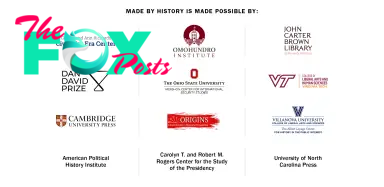
The pattern repeated itself with President Biden. In June 2021, he met with Putin in Geneva, with little benefit. Russia’s army soon conducted the largest military exercises since the end of the Cold War and began amassing troops close to the border to Ukraine. Putin was so dismissive of American interests that he used a press conference at the summit to turn questions against the U.S. Then, a mere four months later, Biden received intelligence indicating that Russia was planning a full-scale invasion of Ukraine.
The pattern is clear: though American officials have spent decades trying to cultivate Putin and meeting with him despite his open lies and authoritarianism, he has continually tested boundaries and ignored American warnings. This behavior has led to a new era of confrontation with Russia. Fundamentally, because of Putin’s paranoia and aggression, flattering him or trying patient diplomacy hasn’t worked. Any concessions or willingness to countenance his aggression has simply whetted his apPetite to go further. That warns of potential danger if Trump reenters office and forces Ukraine to accept a one-sided settlement while continuing to attempt to charm Putin.
Stephan Kieninger is author of two books on U.S. Cold War foreign policy and European security. He is finishing a new book on Strobe Talbott’s NATO-Russia diplomacy based on Talbott's private papers and newly declassified archival evidence. Columbia University Press will publish it next year.
Made by History takes readers beyond the headlines with articles written and edited by professional historians. Learn more about Made by History at TIME here. Opinions expressed do not necessarily reflect the views of TIME editors.
-

 History1d ago
History1d agoHow Celebrities Changed America’s Postpartum Depression Narrative
-
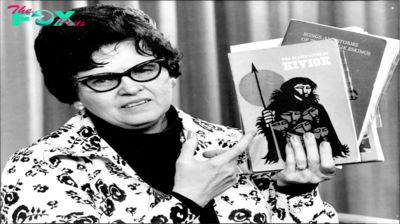
 History2d ago
History2d agoThe Woman Whose Crusade Gave Today’s Book-Banning Moms a Blueprint
-
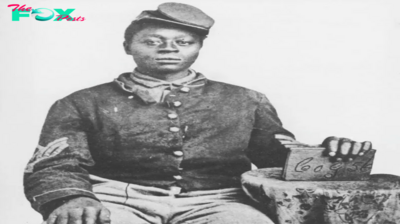
 History6d ago
History6d agoHow Black Civil War Patriots Should Be Remembered This Veterans Day
-
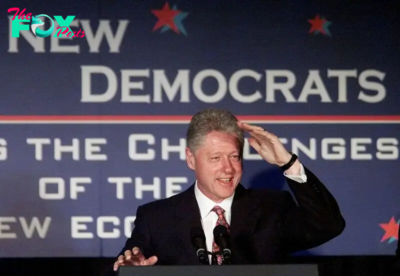
 History1w ago
History1w agoThe Democratic Party Realignment That Empowered Trump
-
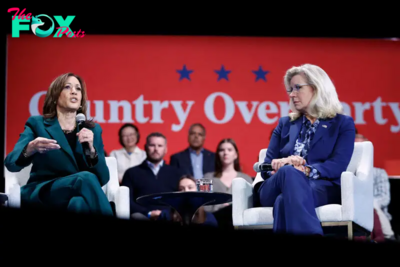
 History1w ago
History1w agoWhy People Should Stop Comparing the U.S. to Weimar Germany
-
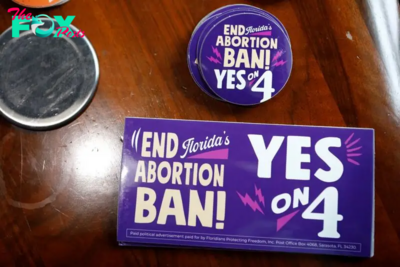
 History1w ago
History1w agoFlorida’s History Shows That Crossing Voters on Abortion Has Consequences
-
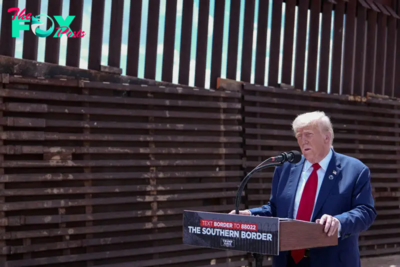
 History1w ago
History1w agoThe 1994 Campaign that Anticipated Trump’s Immigration Stance
-
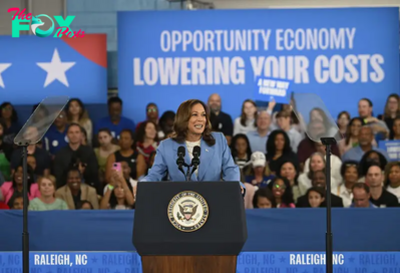
 History1w ago
History1w agoThe Kamala Harris ‘Opportunity Agenda for Black Men’ Might Be Good Politics, But History Reveals It Has Flaws

















